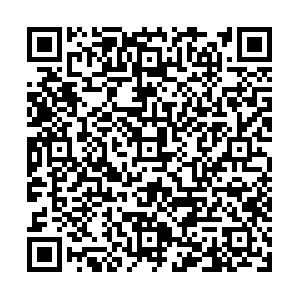Abstract:
Objective To investigate the effects of pre-activated cardiac catheterization process and mental cognition intervention on reperfusion time of patients with acute myocardial infarction and anxiety of family members.
Methods Fifty patients with acute myocardial infarction who underwent percutaneous coronary intervention (PCI) were selected. Of them, 25 cases were given routine process and included in the control group. The other 25 cases were given pre-activated cardiac catheterization process and mental cognition intervention and included in the observation group. The reperfusion time, anxiety scores of family members, satisfaction of family members, PCI success rate, in-hospital mortality and incidence of complications were compared between the two groups.
Results The electrocardiogram-catheter chamber time, portal-catheter chamber time and portal-balloon time in the observation group were shorter than those in the control group (all
P<0.05). There was no significant difference in portal-electrocardiogram time or catheter chamber-balloon time between the two groups (
P>0.05). The anxiety scores of family members in the observation group were lower than those in the control group (all
P<0.05), while satisfaction score of family members was higher than that in the control group (all
P<0.05). The success rate of PCI in the observation group was was higher than that in the control group (92.00% vs. 68.00%),
P<0.05. The in-hospital mortality of the observation group was was lower than that of the control group (0.00% vs. 12.00%). The incidence of complications in the observation group was lower than that in the control group (28.00% vs. 40.00%). There was no difference in the in-hospital mortality and complication rate between the two groups (all
P>0.05).
Conclusion Conducting pre-activated cardiac catheterization process can significantly shorten reperfusion time and improve rescue efficiency for patients with acute myocardial infarction undergoing PCI. Its combination with mental cognition intervention can effectively reduce anxiety and improve satisfaction of family members, which meets the people-oriented quality service concept.

 点击查看大图
点击查看大图



 下载:
下载:
